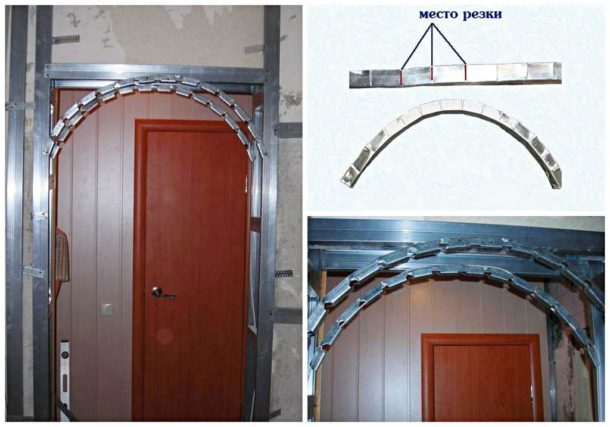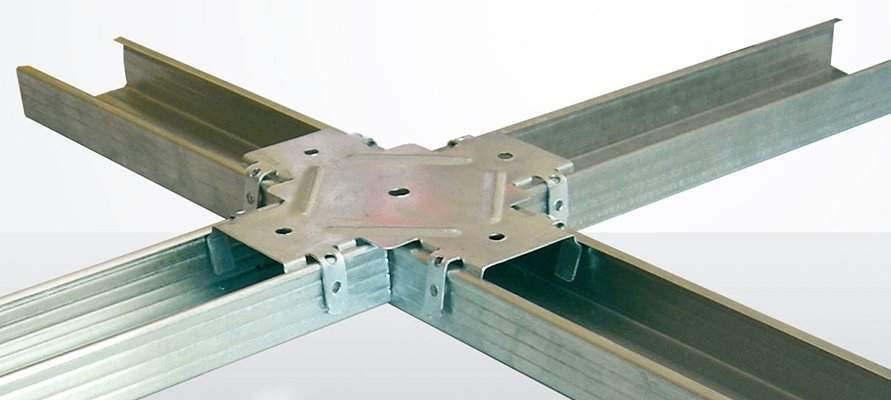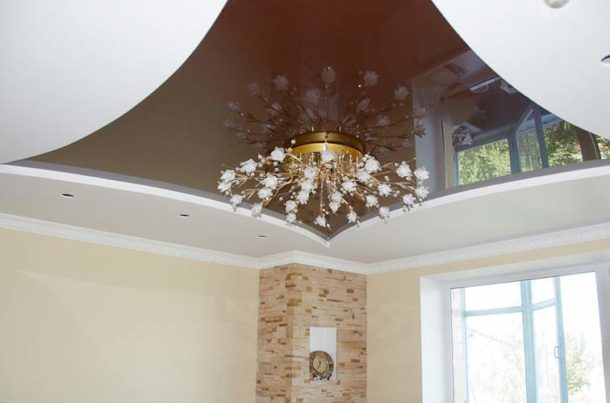Content
- Where do we start?
- How can I hide pipes with drywall?
- Method number 1. False wall
- Method No. 2 Box for drywall pipes
- How to provide access: 3 most convenient ways
- Video instruction
The pipe wiring of the apartment in the vast majority of cases is located in the toilet. Its main elements are risers of cold and hot water supply, as well as sewage. Usually all three of these lines are located behind the toilet or in the corner of the room. They do not look very aesthetically pleasing; therefore, they usually try to close them during repair work. The question of how to sew pipes in the toilet with drywall so that the room has an attractive appearance is relevant for many home masters.

Where do we start?
Before closing the pipes in the toilet with drywall, you should revise the communication systems, otherwise problems may subsequently arise, the solution of which can result in great troubles.
- Check all pipes for damage and severe defects.
- How tight are all pipe connections? If there are leaks, be sure to repair these problems.
- Remove the old coatings from the pipes, get rid of traces of rust, repaint them with a fresh coat of paint, if necessary, “put” them in cases made of insulating material.
- Make a plan drawing of your pipeline, apply all the connections and locking devices to it. This scheme is very helpful in case of emergency.
- Consider where the inspection hatches will be located in the drywall structure, providing access to the pipes during their operation and in emergency situations.
- If you have old metal pipes installed, it may be more rational to replace them with modern polypropylene products. Such pipes are equally durable, but they look more aesthetically pleasing, weigh less and are affordable.
HELPFUL INFORMATION:Types of GKL carrying devices: handle and belt, trolley, mounting support
It is recommended in humid rooms, such as a toilet and a bathroom, to use only moisture-proof drywall for masking pipes.

How can I hide pipes with drywall?
We offer to disassemble the two most popular options for how to close the pipes in the toilet using GCR.
Method number 1. False wall
They resort to it if the pipes of the drain and sewerage are located behind the toilet on the entire wall. The proposed design is easy to implement, its implementation scheme looks something like this:
- Mounting guide profiles UW or made around the perimeter of the closed area (on the ceiling, on the walls, on the floor). Fix them with ordinary dowels, nails.
- Racks made of CW profile are installed vertically. Do not forget to leave a small space for the viewing window.
- From the CW profile we mount the cross members. As a result, a cellular crate is formed.

- Based on the size of the sections of the frame, drywall sheets are cut, standard metal self-tapping screws for drywall are used to secure them.
The toilet room is often only 0.75–0.8 m wide; therefore, for the manufacture of false walls, masking pipes can be enough just one sheet of drywall., the standard size of which is 2.5 × 1.2 m.
- The hole for the inspection window for monitoring the condition of the pipes and taking readings of the meters must be marked in advance, and you can cut it out after installing drywall. The three most convenient options for its design can be read on.
- The seams between the sheets of drywall are sealed using paper reinforcing tape or sickle mesh.
- The surface of the false wall is primed and leveled using putty. After it dries, a new coat of primer is applied.
HELPFUL INFORMATION:Dimensions and characteristics of sanitary hatches for the bathroom and toilet
If the structure will be tiled, there is no need to level the wall with putty. It will be enough to simply treat the drywall with a primer.
Now you can proceed to the final decoration (tile, painting, etc.).

Method No. 2 Box for drywall pipes
It is used if communications to be masked are located in the corner of the toilet. Such stitching is considered more difficult, since it is necessary to build a frame of an angular structure, and then sheathe it with drywall.
Determine what exactly will be the dimensions of the constructed box. Keep in mind that it should be compact, but extremely functional, hide not only pipes, but also cut-offs valves for both risers, it will also have an inspection window for revising the status of the sewer system.
Installation steps:
- Mark the ceiling, it will determine the contours and dimensions of the future box. The distance between the walls of the drywall box and the pipes is about 10-15 cm.
- Using a plumb line and hydraulic level, transfer the contours to the floor.

- On the wall surface, draw lines along which the joints of the walls and corners will pass.
- After the layout is complete, proceed with assembling the frame. For its construction, it is necessary to install guide profiles on the floor, ceiling and walls according to the markup. For fixing, the expansion bolt shield nails are used.
- Now we connect the opposite corners on the ceiling and floor with a vertical profile. It is he who will serve as the basis for the box that closes the pipes. For structural rigidity, this vertical profile should be connected to the guides mounted on the walls. For this purpose, cut to the required size pieces of the ceiling profile. The crossbars are installed every 40 cm.
HELPFUL INFORMATION:Wiring under drywall: laying wires in the wall, duct and ceiling
In this design, for masking pipes, it is also necessary to leave space for the viewing window, position it opposite the shut-off valves.

Our frame can be considered ready, it remains only to carry out its lining with sheets of drywall. This action is performed according to the scheme described in the first paragraph. Then puttying and finishing work are carried out.
You can clarify for yourself the moments that remain incomprehensible by watching a video telling about how to sew pipes in the toilet with drywall.
How to provide access: 3 most convenient ways
To ensure easy and quick access, it is most convenient to use one of the options below:
- Roller blinds or blinds. A great solution when creating a false wall at the back of the toilet. Fastened to the frame, provide the widest access to the pipeline. In this case, the finishing area is reduced, there is no need to think over the mounting methods for the hatch. In addition, shelves for storing household chemicals can be arranged behind them.

- Plumbing Hatch. You can make it yourself, but it’s easier to get it in the store. It can be metal or plastic, used alone or for tiles.
- Removable tile with magnets. An interesting solution that can be used when decorating the toilet with large tiles. The hole is made to fit the size of the element, magnets are inserted between the drywall and the tile on its surface, 4 metal plates are glued to the sides of the removable tile.
As you can see, the process of high-quality masking of water pipes and sewer riser with drywall is not so complicated. With due care, care and a little dexterity, it is quite possible to carry it out on your own, significantly saving your own money.
Video instruction

EXPERT SITE
Tsugunov Anton Valerevich
Master Station Wagon
- Since 2003, I have been engaged in the repair and decoration of premises.
- Over 100 completed objects.
- I appreciate the quality, more than the quantity!
Personal page >>>
Friends!
I offer you the service "Friend Builder"
As this site develops, subscribers and visitors are turning to me more and more often asking for help with advice on various issues of repair and decoration.
Questions are sometimes asked very complex and interesting. You can’t write an article for each situation, so I decided to advise you individually.
Thanks to you, friends, a new direction of my favorite work has been born - share your experience and benefit everyone who is undergoing repairs!
Get a one-time consultation from me >>>
Order full apartment repair support >>>


